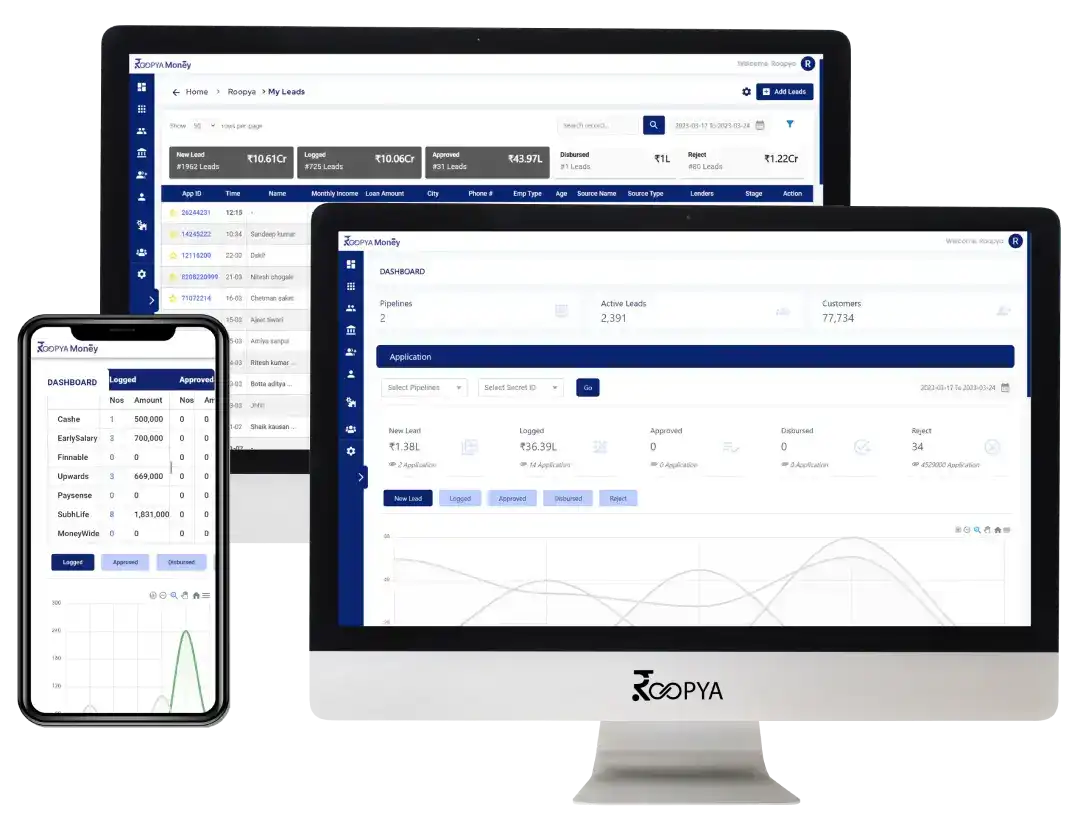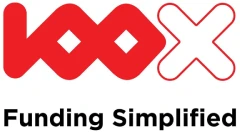Comparing loan origination platforms can be a complex process, as there are many factors to consider. Here are some key areas to consider when comparing loan origination platforms:
Features: Determine which features are most important for your organization and compare the features offered by different platforms.
Usability: Consider the ease of use and user experience of each platform, including the user interface, navigation, and overall design.
Integration: Evaluate the platform's ability to integrate with other systems, such as customer relationship management (CRM) and enterprise resource planning (ERP) systems.
Security: Ensure that each platform adheres to industry-standard security protocols and provides data encryption, secure access controls, and backup and recovery capabilities.
Pricing: Compare the pricing models of each platform, including upfront costs, recurring costs, and any additional fees.
Support: Evaluate the level of customer support offered by each platform, including the availability of live support, online resources, and training.
Scalability: Consider the scalability of each platform, including the ability to accommodate growing volumes of loans and support expanding business needs.
Customization: Evaluate the level of customization offered by each platform, including the ability to tailor the platform to your organization's specific needs and requirements.
Reputation: Research the reputation and track record of each platform, including customer reviews, industry awards, and references from other organizations.
By considering these key factors and conducting thorough research, you can make an informed decision about which loan origination platform is best suited for your organization's needs.



